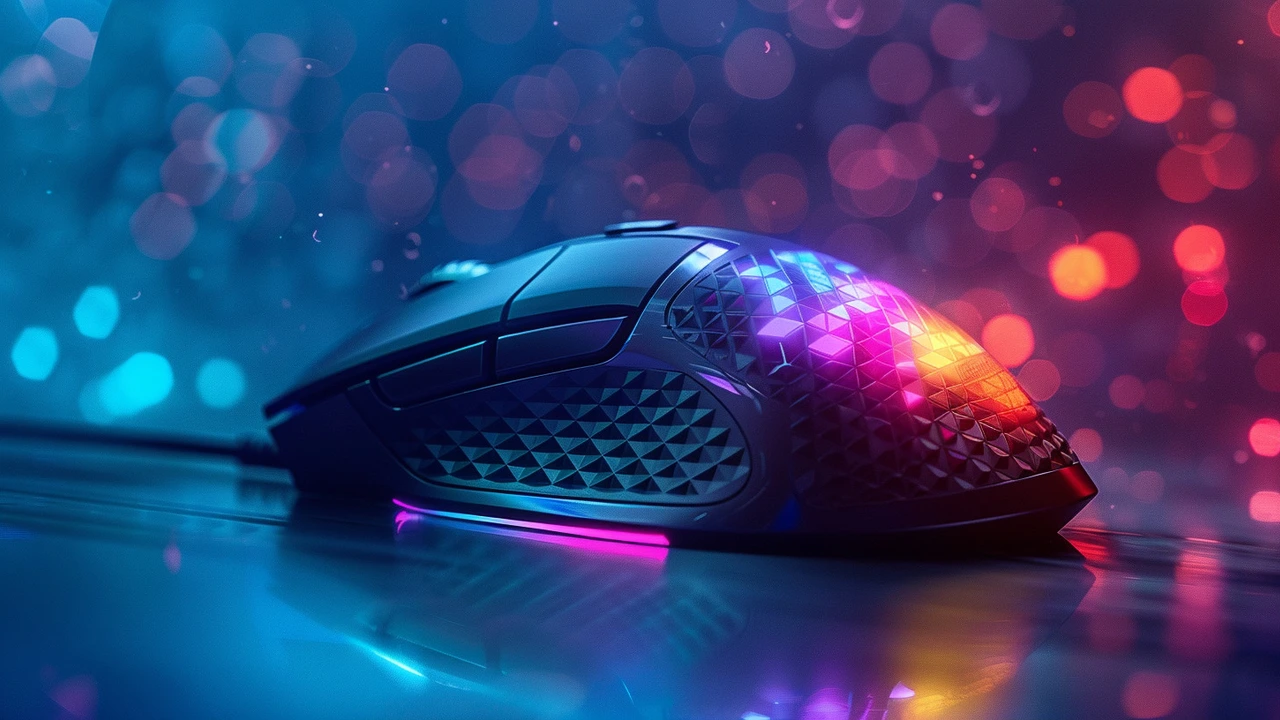Wireless mouse: how to choose, set up and use
Want a wireless mouse that actually saves time and feels good in your hand? Start by matching the mouse to what you do most. Office work favors comfort and battery life. Gaming needs low lag and precise tracking. Travel calls for a tiny, durable model.
Pick the right connection
Wireless mice use Bluetooth or a 2.4GHz USB receiver. Bluetooth pairs directly with laptops and tablets and avoids using a USB port. A 2.4GHz receiver usually gives lower latency and more stable performance—good for gaming. Some models offer both so you can switch between devices. If your computer has Bluetooth but it's old, test performance before buying.
Key specs that matter
DPI tells how sensitive the sensor is. Higher DPI moves the cursor faster, but real control comes from the sensor type and tracking quality. Look for optical or laser sensors with consistent tracking on your desk surface. Ergonomics matter: choose a shape that fits your grip—palm, claw, or fingertip. Battery life varies a lot. AA or AAA batteries can last months; rechargeable mice often give weeks per charge. If you hate changing batteries, pick a rechargeable model with quick charging.
Buttons and software: Extra buttons let you map shortcuts for browsing or editing. Good software lets you adjust DPI, remap buttons, and save profiles. Gamers should check polling rate and report rate; 500–1000 Hz is typical for competitive play. For regular use, 125–250 Hz is fine and saves power.
Size and weight: A heavier mouse can feel steady, but light mice reduce fatigue during long sessions. Travel mice are light and small but may be uncomfortable for long use. Try holding a mouse if possible.
Setup tips: Plug the USB receiver into your PC or switch on Bluetooth and follow pairing prompts. If the mouse has a switch for modes, set it to the right channel. Install the maker’s driver to access advanced settings. Keep the receiver close to avoid interference from other USB devices.
Maintenance and troubleshooting: Clean the sensor area with a dry cloth and remove dust from buttons. Update firmware when available—manufacturers fix tracking bugs and add features. If the cursor jitters, try a mouse pad or a different surface. For pairing issues, turn Bluetooth off and on or remove and re-add the device.
Everyday tips: Turn the mouse off when not in use to extend battery life. Use power-saving mode if available. For multi-device work, pick a mouse with easy switching or a unified receiver that supports several devices. And remember: comfort beats raw specs for most people.
If you want a quick recommendation: for office use choose an ergonomic Bluetooth mouse with long battery life; for gaming choose a wired-like 2.4GHz model with high polling rate and adjustable DPI; for travel pick a compact rechargeable mouse that stores its receiver inside. Test in store or buy from sellers with good return policies so you can try before committing. Small changes make your work smoother every day.





